In his presentation, “The Founding of the Church in the Marianas: A Clash of Cultures,” Father Francis Hezel shed light on a grim reality overshadowed by the tumultuous Chamorro-Spanish Wars: the devastating toll of epidemics on the indigenous Chamorro population.
Contrary to popular belief, it was not the clash of swords and muskets that decimated the Chamorro people, but rather the silent scourge of diseases brought by European ships, as Fr. Hezel revealed. Speaking at an event sponsored by the Northern Marianas Humanities Council and the Lay Ministry’s Program of the Diocese of Chalan Kanoa, Fr. Hezel emphasized that the Marianas experienced a catastrophic depopulation due to epidemics far more than violence.
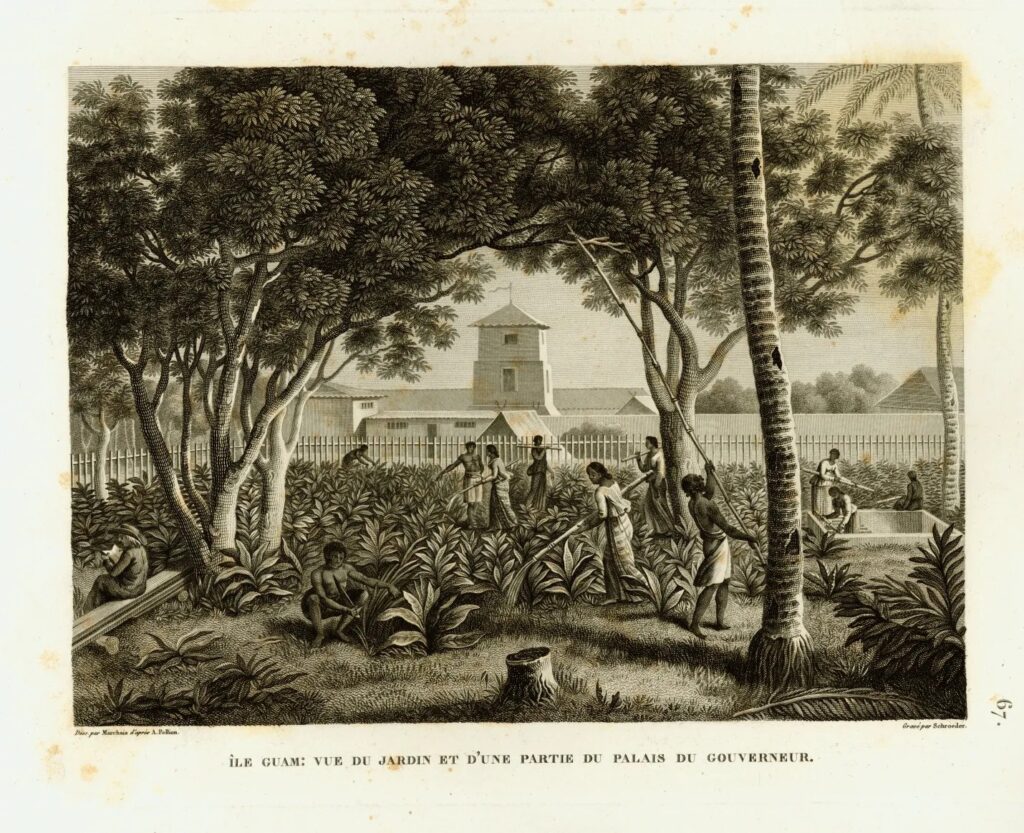
Drawing from historical accounts, Fr. Hezel highlighted the staggering decline in population from an estimated 40,000 before European contact to a mere 4,000 by the census of 1720. Each visit of a European ship, he noted, heralded the outbreak of deadly epidemics, with casualties numbering in the hundreds.
Even during periods of supposed peace, such as between 1698 and 1702, when violence subsided, the toll of diseases remained devastatingly high. Fr. Hezel recounted that during these years, while violence was minimal, there were 240 births contrasted with a staggering 600 deaths, resulting in a net loss of approximately 1,800 lives in just five years.
Delving into the statistics of the Chamorro-Spanish Wars, Fr. Hezel provided a sobering perspective. Despite the violence that occurred, the number of casualties paled in comparison to the ravages of disease. He estimated that in the span of 30 years, the total number of Chamorro deaths in battles may have reached around 120, whereas the Spanish side suffered significantly fewer casualties.
Fr. Hezel’s findings underscore a grim reality: while conflicts may capture historical attention, it is often the silent killers, such as diseases brought by outsiders, that leave the deepest scars on indigenous populations. The depopulation of the Marianas, he argued, mirrored similar tragedies in other Pacific islands like Kosrae, where disease, rather than violence, was the primary culprit.
Fr. Hezel’s research serves as a poignant reminder of the untold stories hidden within the annals of history, highlighting the need for a nuanced understanding of the complex forces that shaped the fate of indigenous peoples in the Pacific.



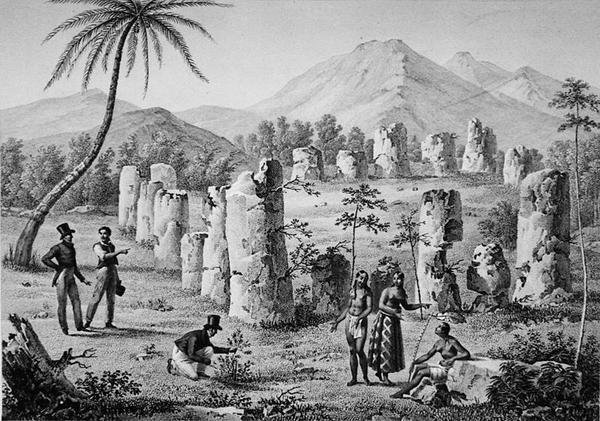
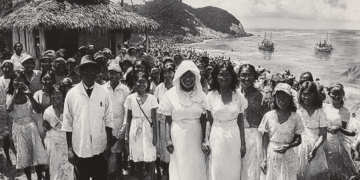


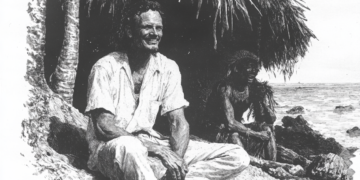

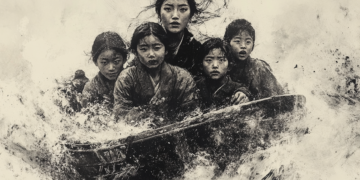



Discussion about this post